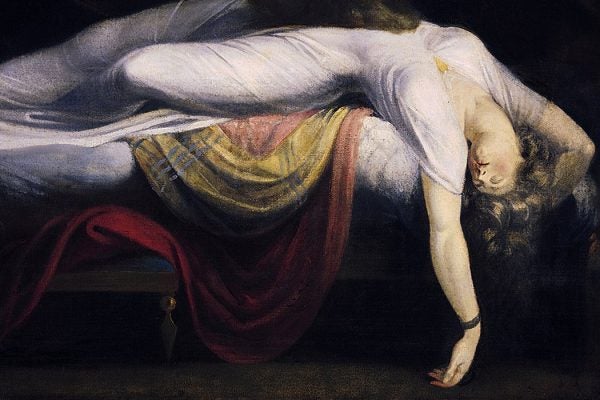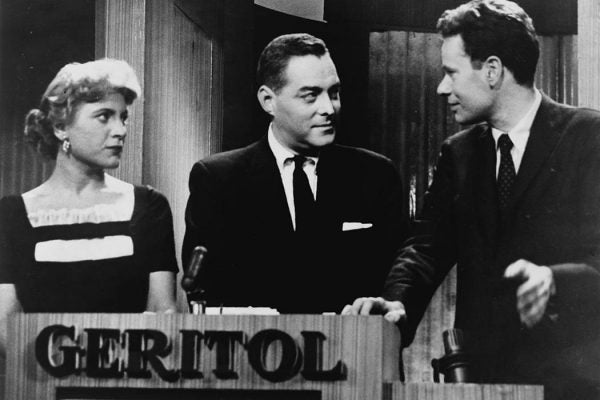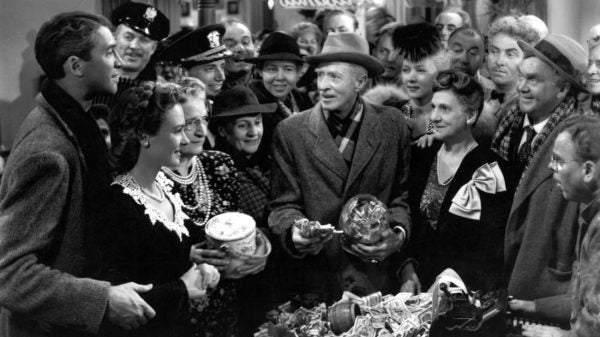The Racialized History of “Hysteria”
Even three decades after “hysteria” was deleted from the DSM-III, some of the word’s diagnostic power obviously still remains.
How Marketing Made L.A.
In the early 20th century, the Los Angeles Chamber of Commerce started marketing L.A as an earthquake-free alternative to San Francisco.
Amelia Earhart Taught America to Fly
Amelia Earhart taught America to fly. How Earhart and other women pilots of her day helped overcome Americans’ skepticism about flight.
How Academics Fell In and Out of Love with TV Quiz Shows
In the 1950s, the world went quiz-show crazy. But something was rotten inside Hollywood—the shows were packed with ringers.
“Filibuster” Doesn’t Mean What You Think It Does
The term "filibuster" used to refer to Americans who went to foreign countries to fight in their wars without the government’s permission.
The FBI Goes to the Movies
In its hunt for communists in Hollywood, the FBI criticized the 1946 classic It's "A Wonderful Life" as subversive propaganda.
Frederick Law Olmsted: The Complicated Man Behind Central Park & The Nation
Struck by something naturally beautiful in an American city? Odds are that you have stumbled across the work of Frederick Law Olmsted.
The Forgotten Women Physicians of World War I
For women physicians, WWI was an opportunity for service that highlighted their deeply ambiguous position, as Ellen More explained in a 1989 paper.
On The Black Skyscraper: An Interview with Literary Critic Adrienne Brown
Early skyscrapers changed the ways we see race, how we see bodies, how we perceive and make judgments about people in the world.
Has Louisiana Changed, Post-Katrina?
Eleven years after Hurricane Katrina devastated New Orleans, the city and some of its citizens remain in precarious recovery.









